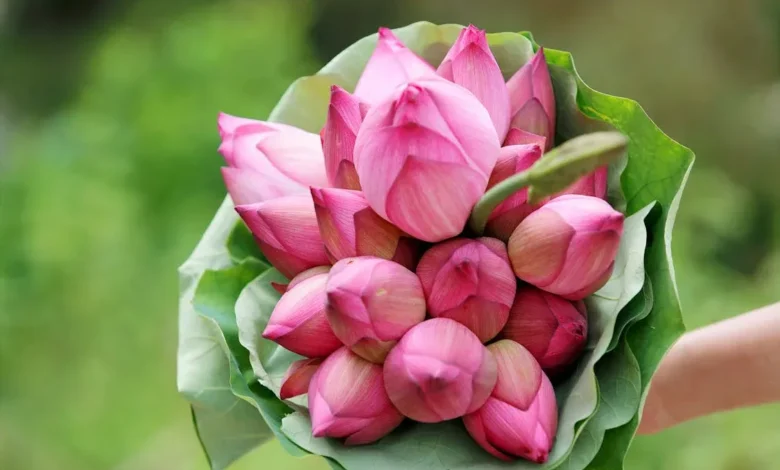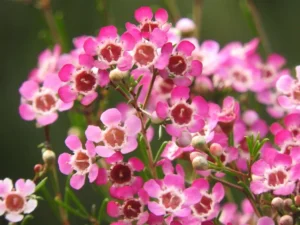The Language of Flowers: Understanding Floral Symbolism in Expressing Condolences

In moments of loss and mourning, words often fail to capture the depth of grief that envelops the bereaved. During these tender times, flowers become a powerful medium of expression, offering comfort and conveying sentiments when words are insufficient. The tradition of using flowers to express condolences has roots deep in history, reflecting a subtle and profound language of its own. By choosing specific blooms, one can send meaningful sympathy flowers, each carrying a distinct message and significance that can profoundly resonate with the receiver.
The Significance of Floral Choices in Sympathy Arrangements
It is a great source of comfort, too, to pick flowers for a funeral or to send them to someone who has lost someone. Different cultures and traditions nourish the symbolic meanings of many flowers and acquiring these helps to increase the emotional weight of the gesture. Traditionally, flowers have been appreciated for their beauty as well as their fragrance, and in addition, they have been utilized extensively to convey various individual messages, which can be culture-specific.
Which is the fact that lilies are the most common flowers used for the expression of condolences. Through their use, the artist wanted to convey the soul of the deceased who had been newly restored to its original state. While white lilies might be the most common choice for funerals or sympathy bouquets, they perfectly convey the purity and sympathy, a poignant gesture. Like in sympathy floral arrangements, the rose has a very special significance as a symbol of sympathy. The red rose, which is usually connected with love and sorrow, and the white rose, which symbolizes humility and respect, and pink rose, which shows gratitude to the departed soul, can be often used to decorate the cemetery.
Carnation, the eternal flower, is another favorite to choose from sympathy blooms. White carnations symbolize pure love and innocence, while pink ones might be a testimony to memory. Chrysanthemums were widely acknowledged as flower of death and mourning, which was prevalent in Europe and Asia, and were commonly featured in arrangements for funeral service. In some countries, like France and Italy, the chrysanthemums are a symbol of winter graves, and are only used to decorate graves.
Being a Dealer of the Flowers and Their Role in the Healing of Grief
Flowers, though, are more than just a medium through which people express sympathy; they are also of a therapeutic benefit in the grieving process. It is possible to have beautiful flowers present during a funeral or at the sorrowful place, such as a mourner’s house, which can offer a comforting and relaxing feeling. The flowers’ flowery beauty produces the tranquility and spiritual environment necessary for the healing process.
In addition to this, the process of sorting out and choosing the flowers is also a therapeutic activity for the bereaved, providing them with an opportunity to break a mental spell for a while. Experiencing the beauty of flowers through their colors and textures can be a profound and calming experience for individuals, assisting them in emotional processing and in the beginning of the process of healing.
Nowadays, personalized floral decorations can be seen as the latest trend. These arrangements can comprise flowers and colors that the deceased person loved, which may create a personal touch and celebrate the life of the individual. The second thing that makes sympathy cards more meaningful is their personalized gesture, thus, it is easier to express sympathy.

Conclusion
Through the subtle language of flowers in which each blossom has a deep connotation, it helps tremendously in conveying condolences and the support of those who are mourning. The knowledge of the symbols that are used in the flowers will help one to have the perfect and most appropriate floral arrangement that can appropriately convey sympathy and respect. Through the difficult times of grief, the art of sending flowers to symbolise the inner messages and pain still remains a powerful mean of reaching out and healing. Via these profound depictions of nature, we find a common language that surpasses words, with this language bringing comfort and strength during difficult times.



